You might remember Tomorrow’s World, the prime-time BBC science and technology TV programme that offered viewers a weekly peek into the future.
A staple of the broadcasting schedule during the last four decades of the previous century, it covered the up-and-coming gadgets and gizmos that, it reckoned, would become indispensable in the years to come. More often than not, though, these devices disappeared without a trace after the grand claims of their life-changing significance proved somewhat wide of the mark.
The Audi A2 and Honda Insight would have been perfect fodder for the show’s presenters back in the day. Both models celebrate their 25th birthdays this year, and when they were launched (within months of each other at the tail end of 1999) they promised to herald the dawn of a new efficiency-chasing automotive era when advanced tech and high-minded ideals met to deliver money-saving motoring for the masses.
Yet despite being intensively engineered and packed with innovative design, this silver-jubilee duo proved to be four-wheeled follies. They sold in tiny numbers, lost their manufacturers more money than they ever made and, like Tomorrow’s World, were quietly dropped in the mid-noughties. But was it a case of the right idea, just the wrong time?
Introducing the Honda Insight and Audi A2
Quick links: Design and dimensions - Interior - Powertrains and performance - Fuel economy - Driving dynamics - Verdict - Specs
With today’s ever greater focus on the cost of living and conserving the world’s natural resources, this parsimonious pair are arguably more relevant than ever. And despite their disparate outward appearances – one’s a conventionally powered compact five-door family hatchback and the other a slinky, hybrid-assisted coupé – they both pursue a minimal mass and low drag path in their quest to deliver fuel-sipping progress.
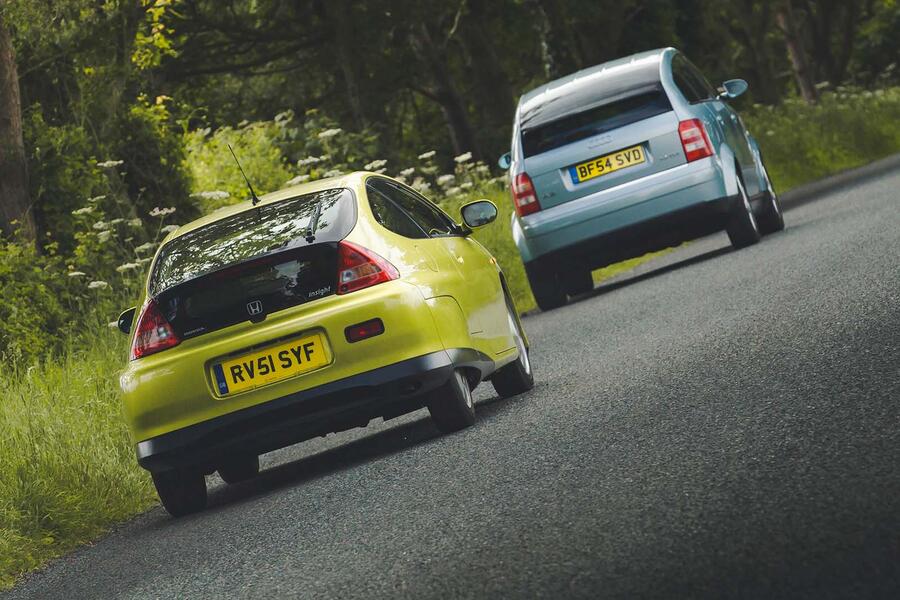


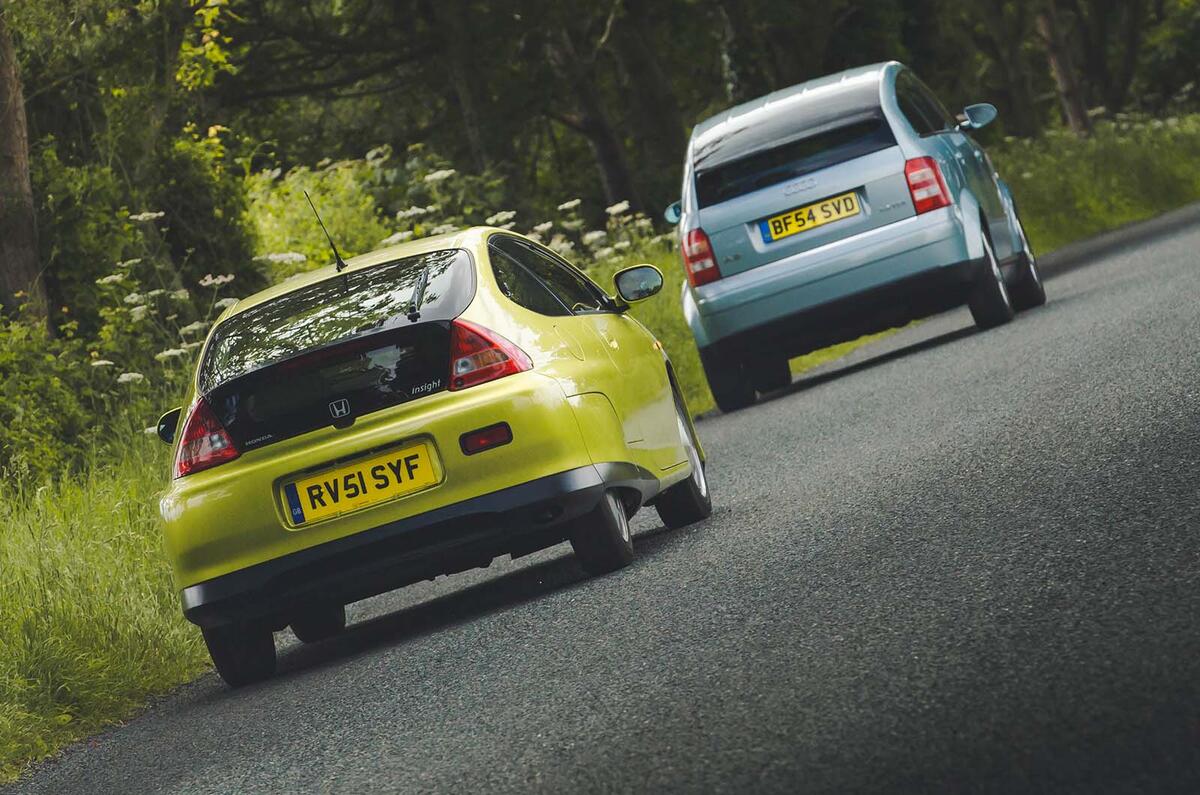
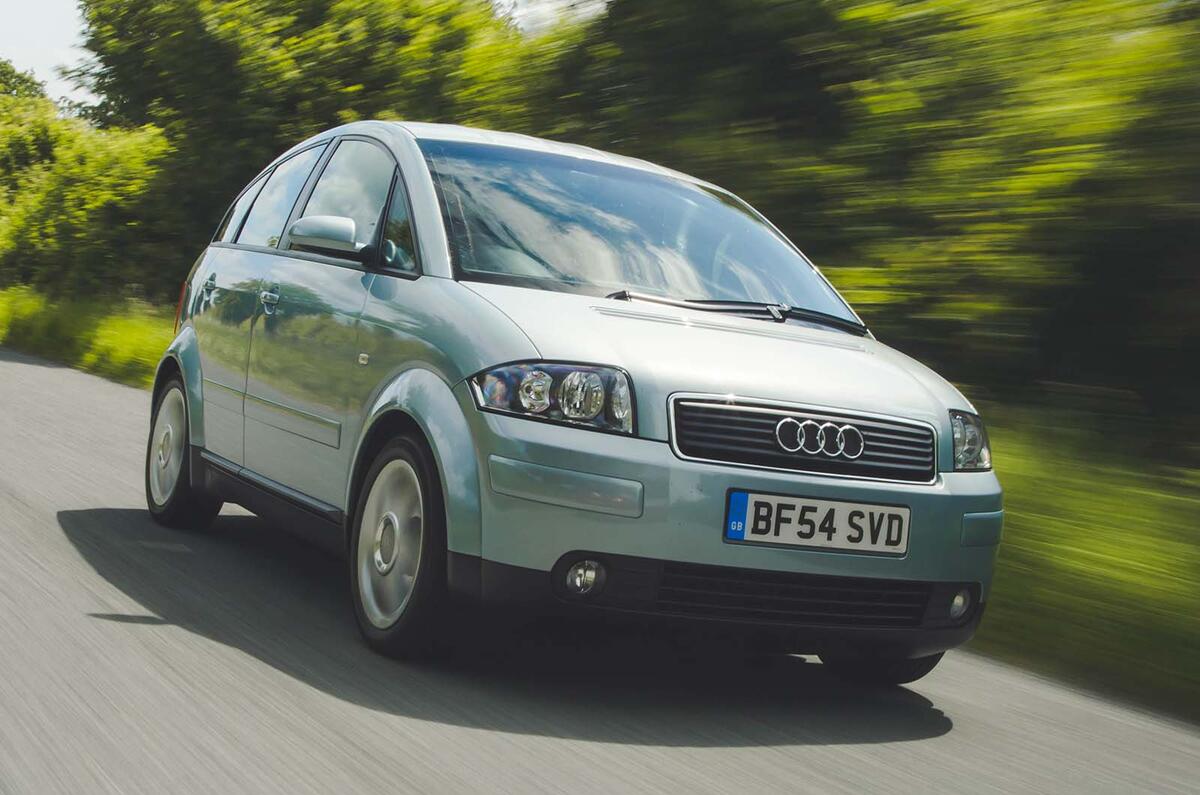
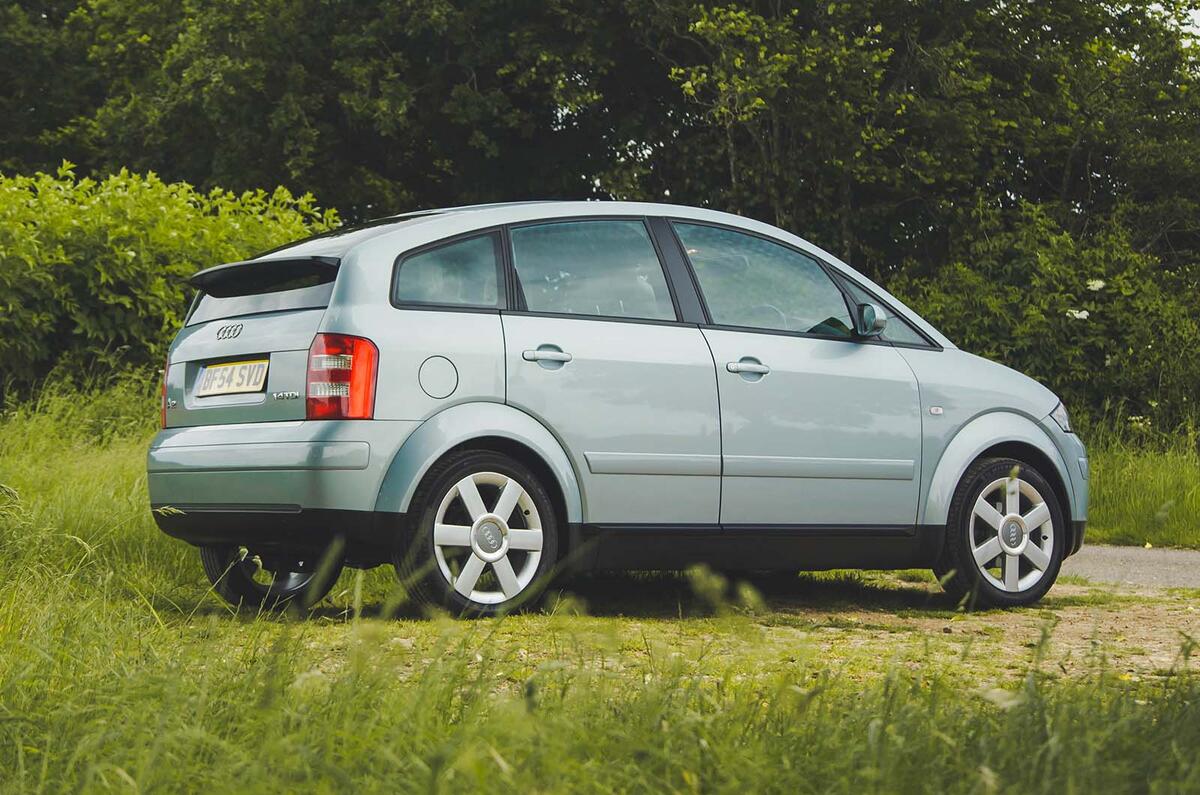

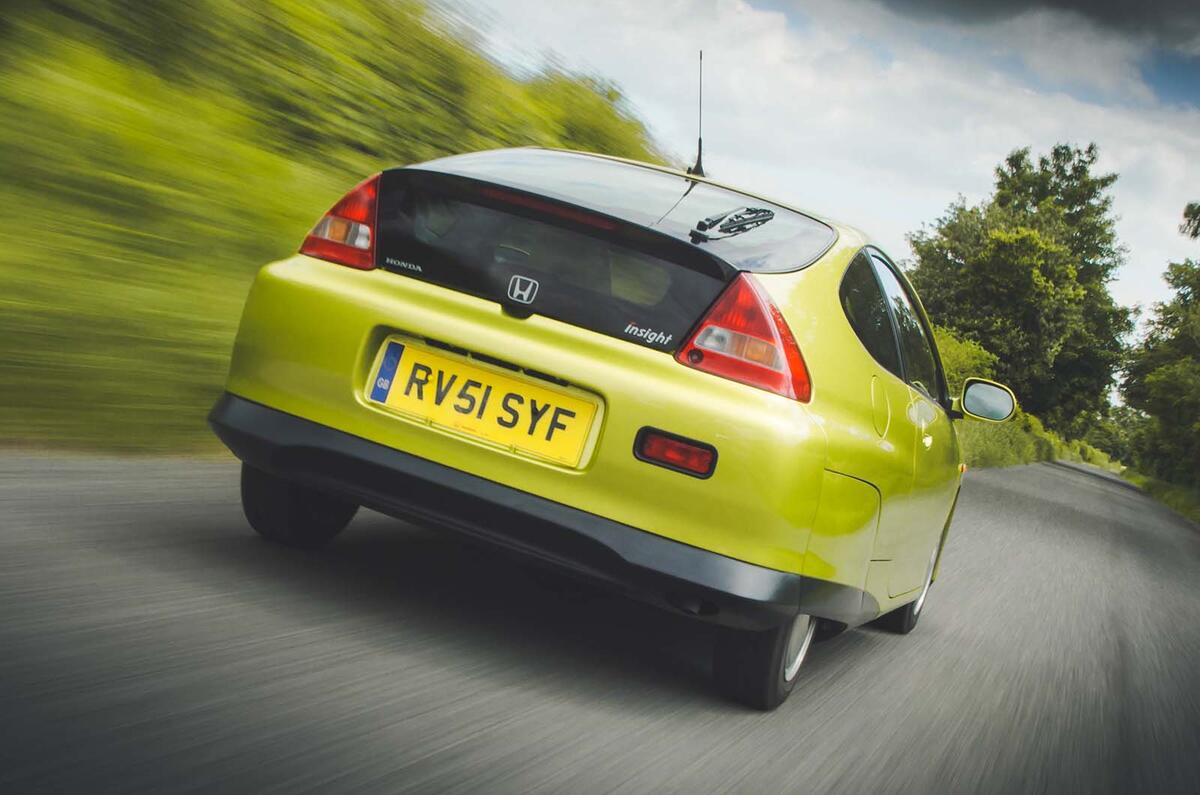
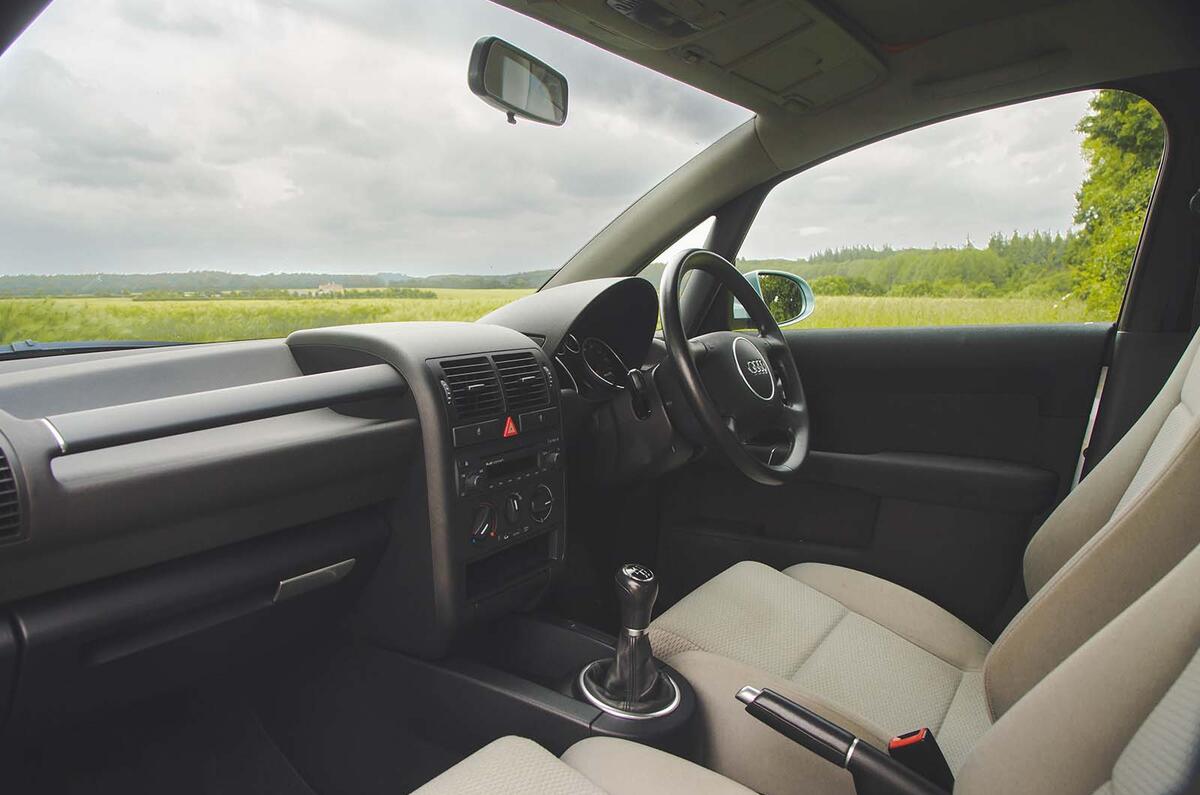
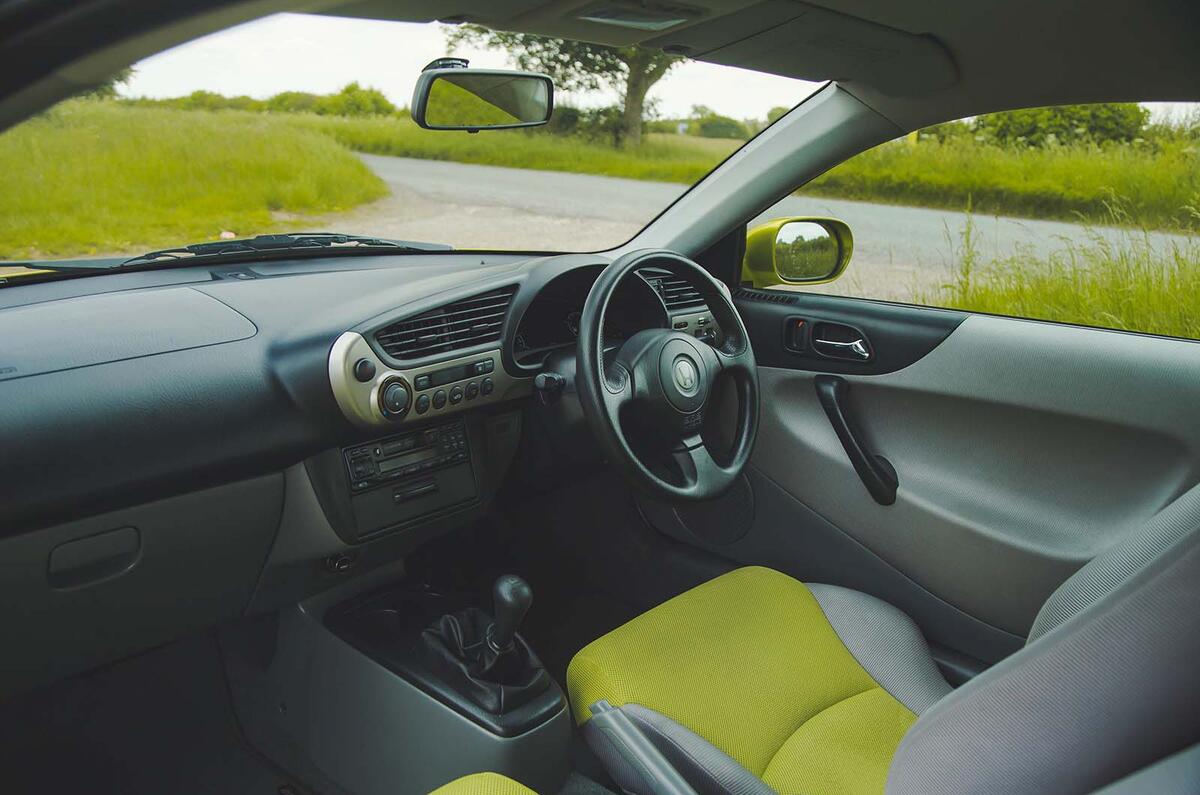
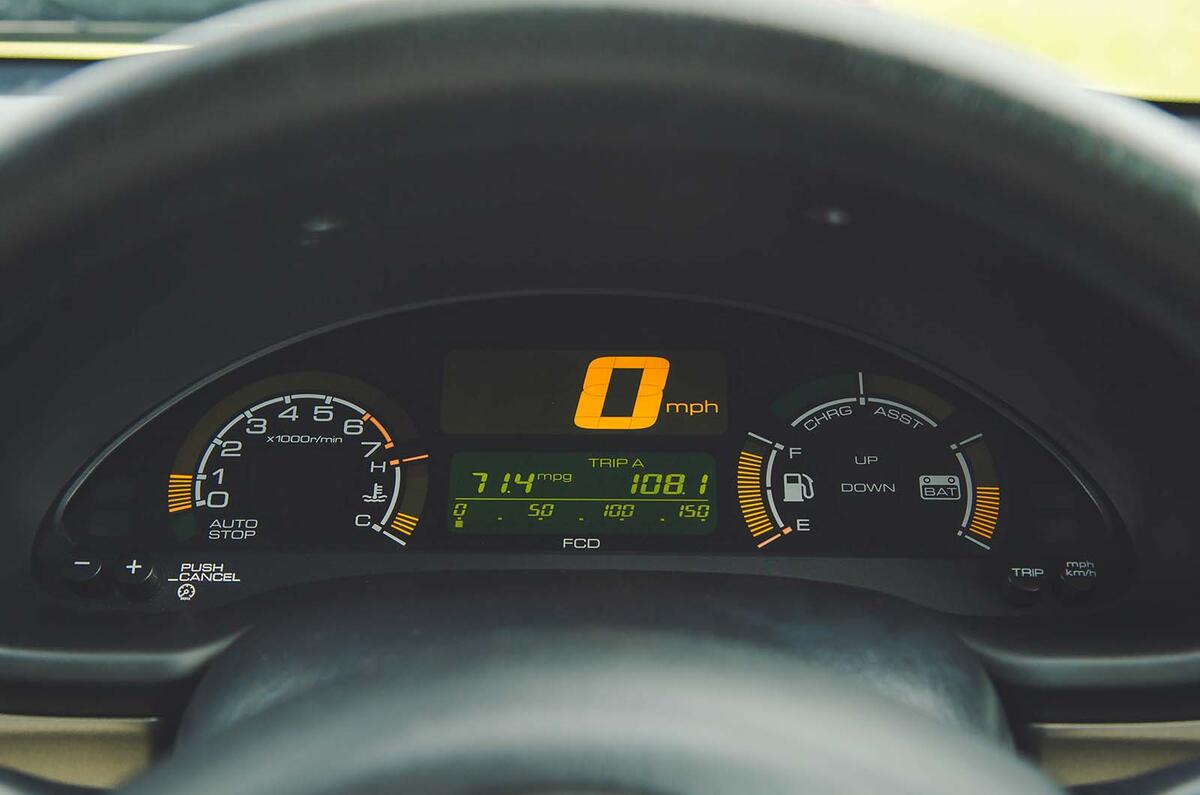
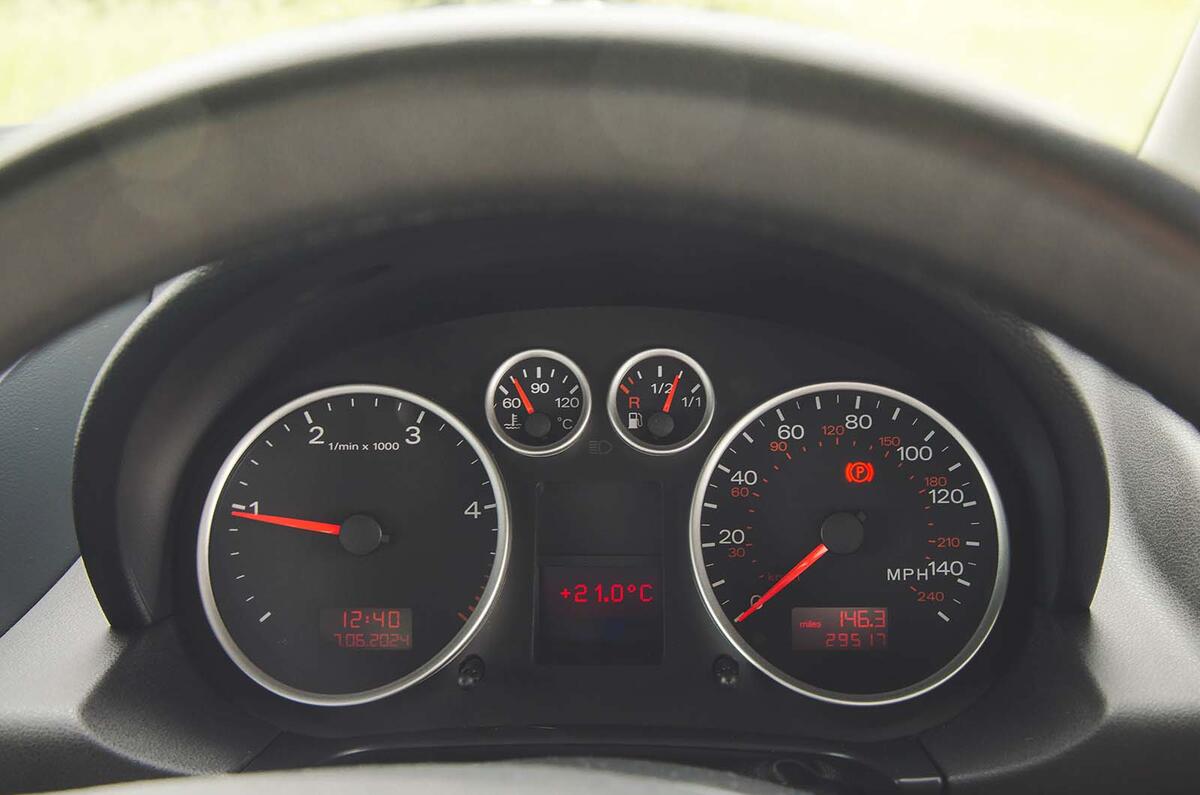
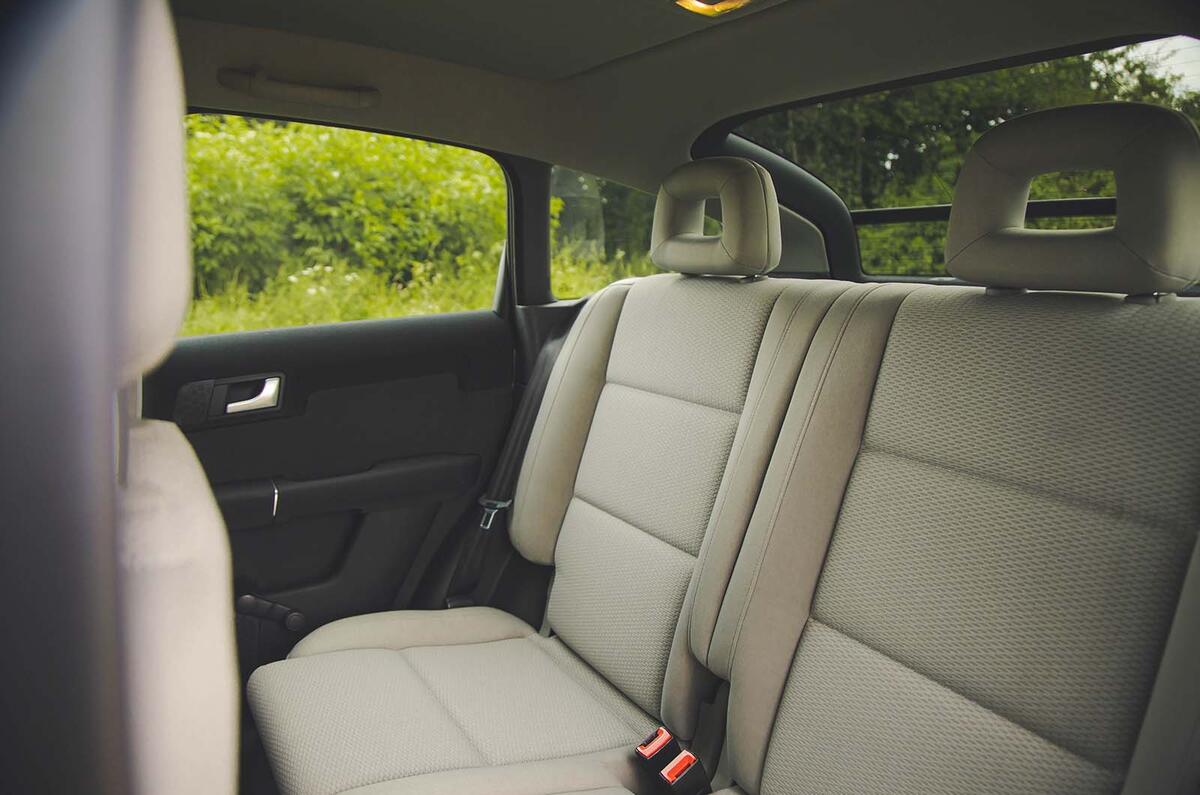
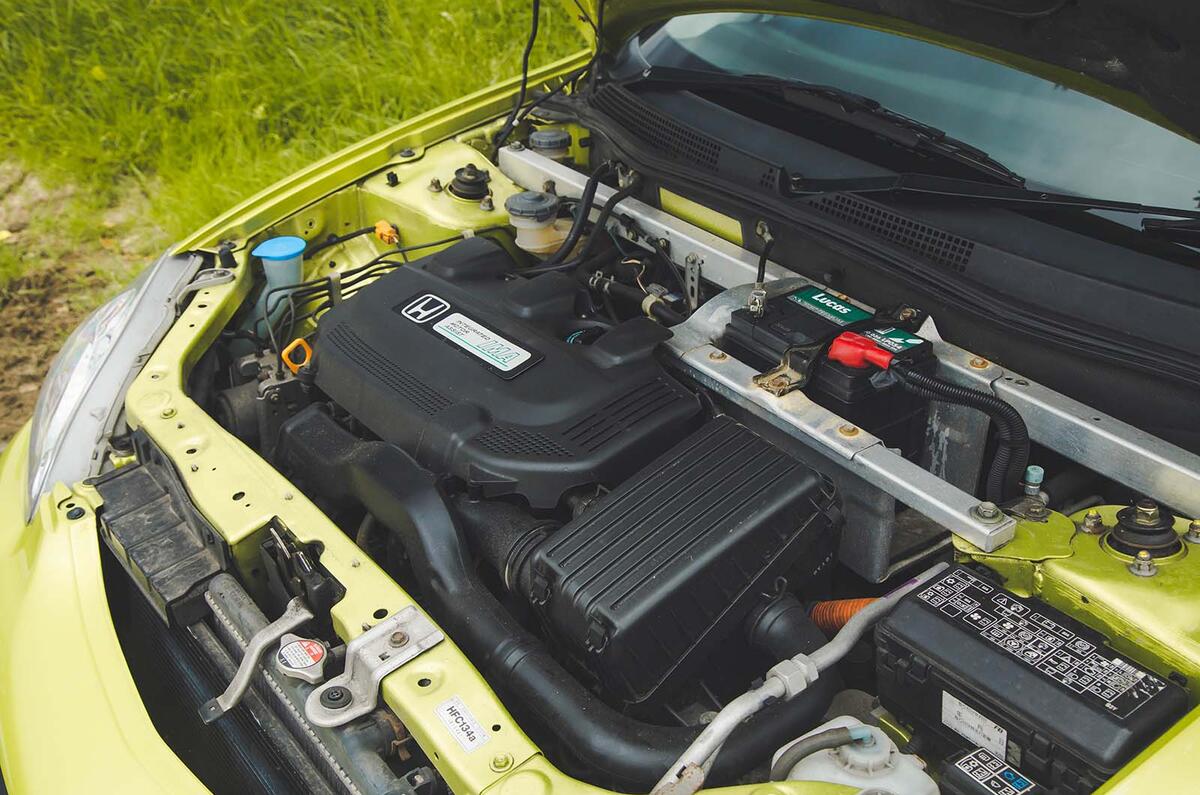
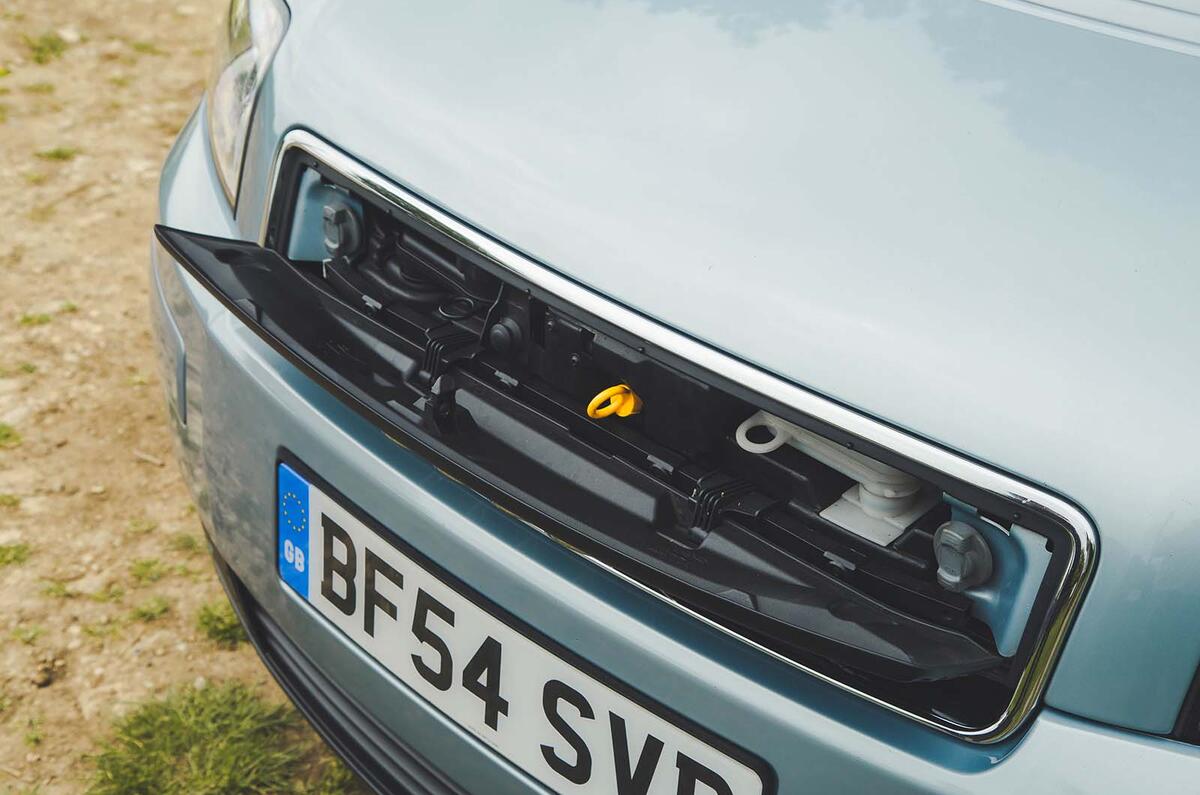
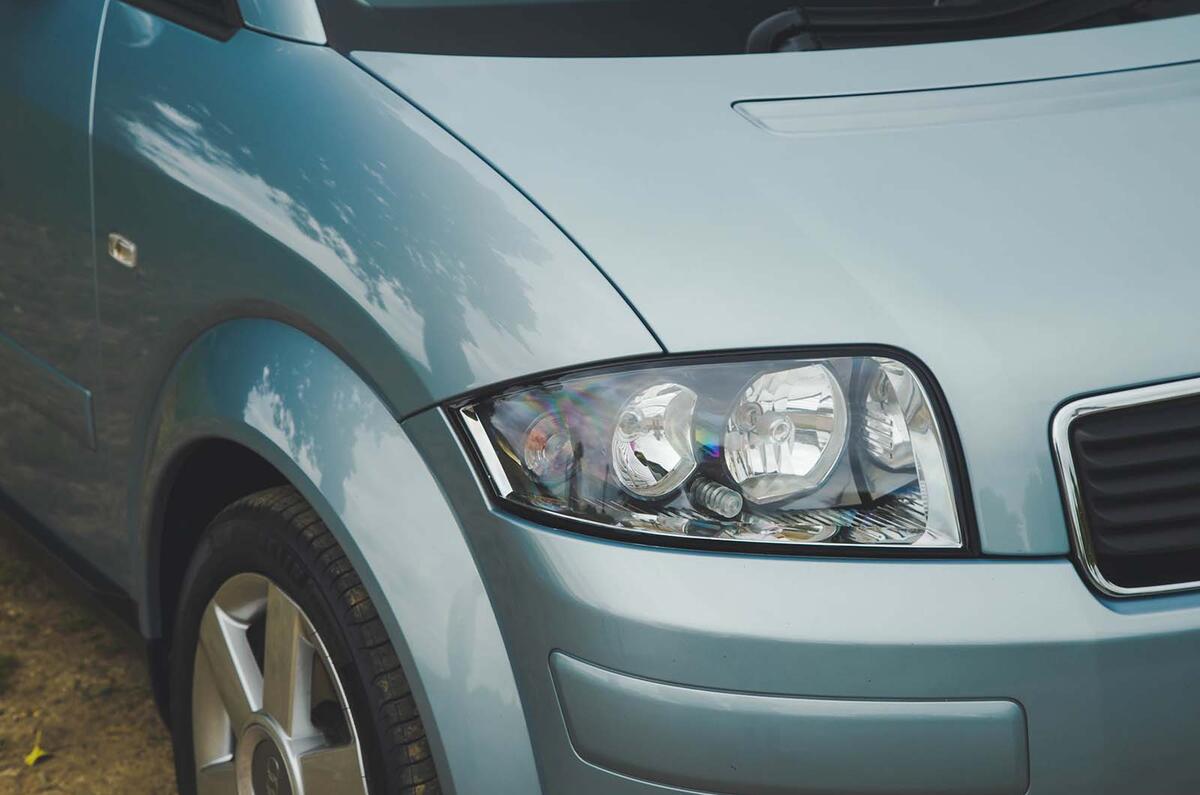


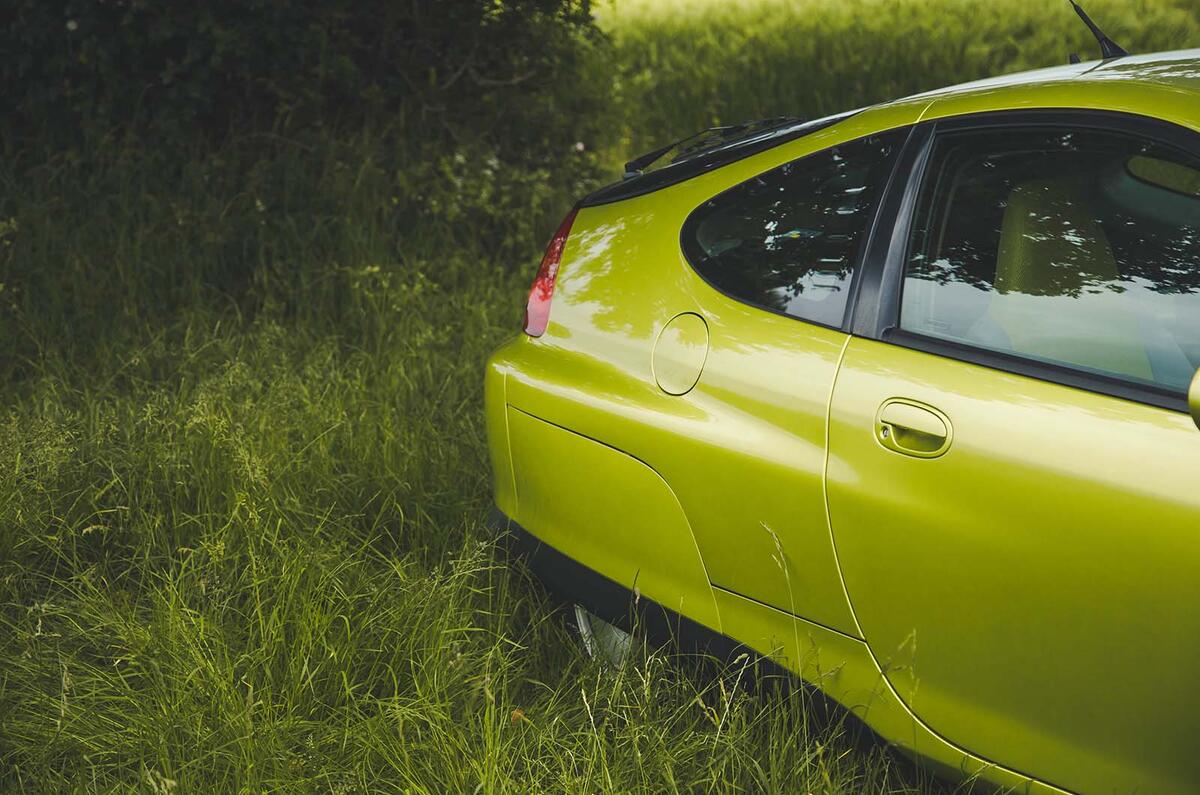




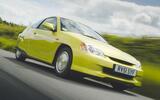













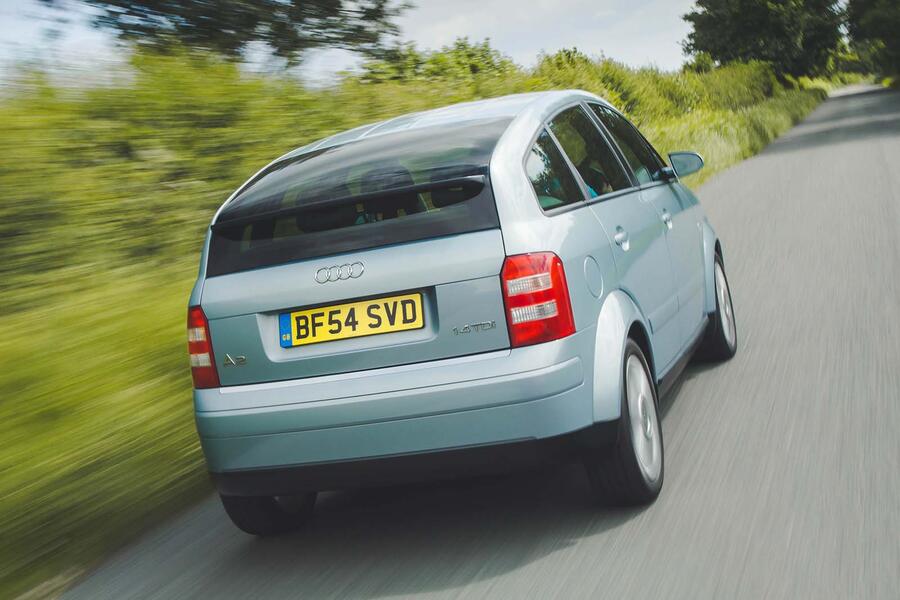
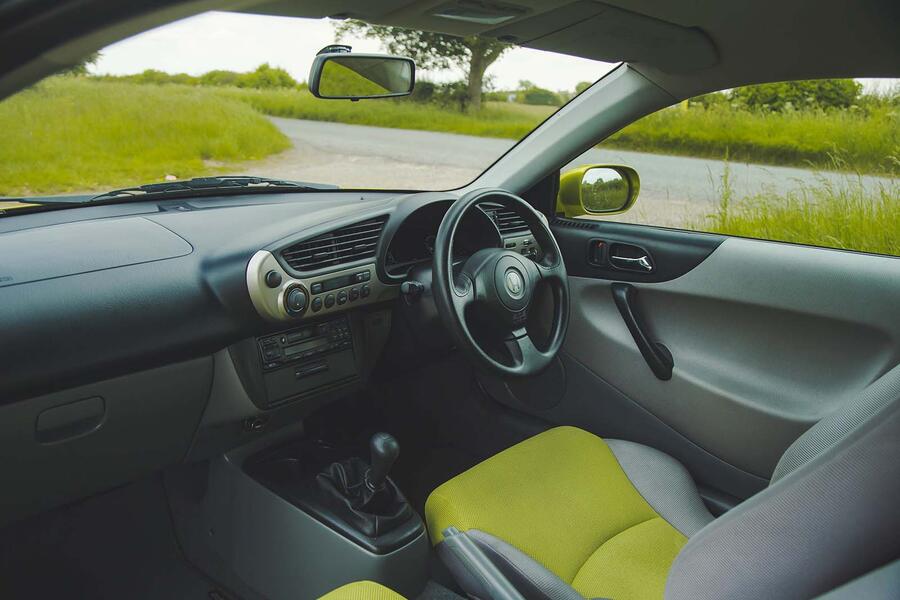
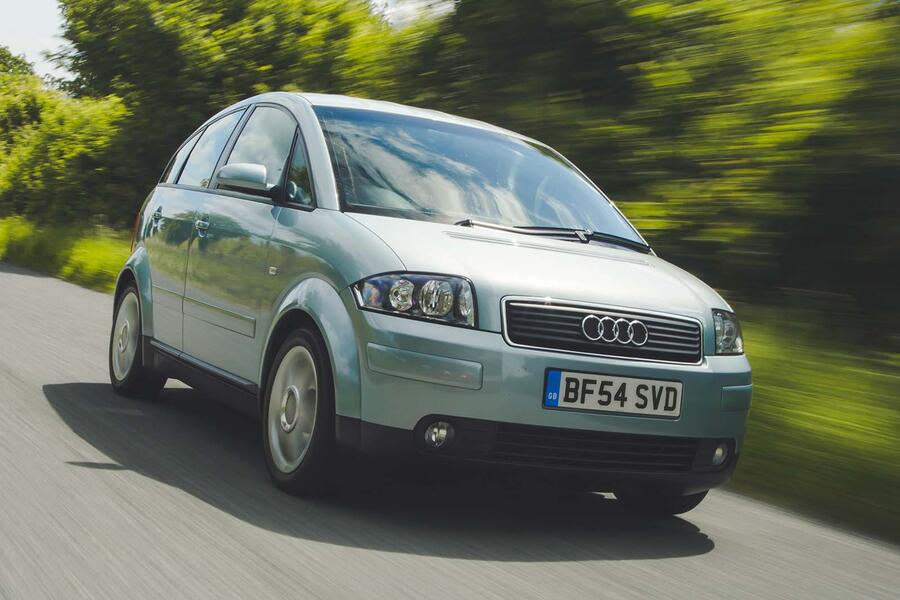

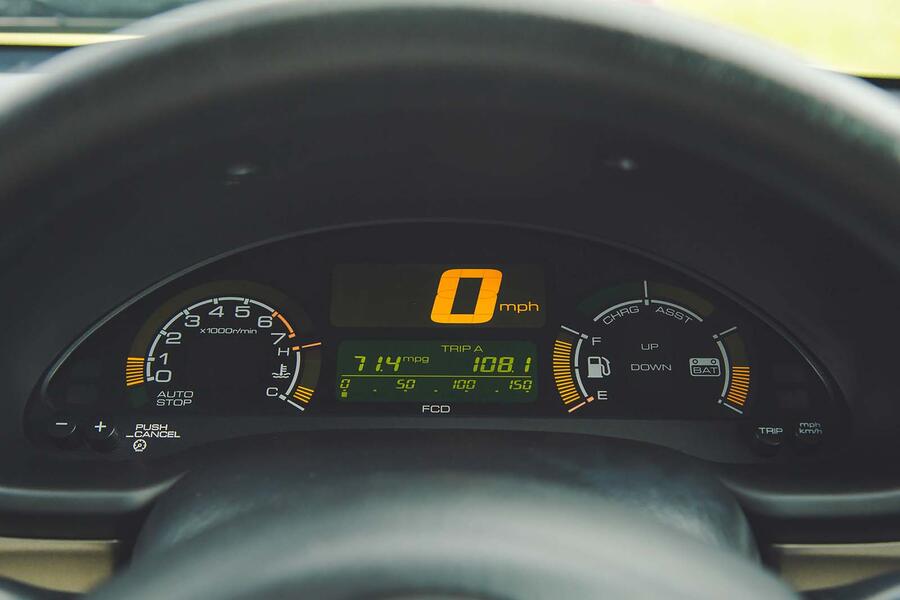
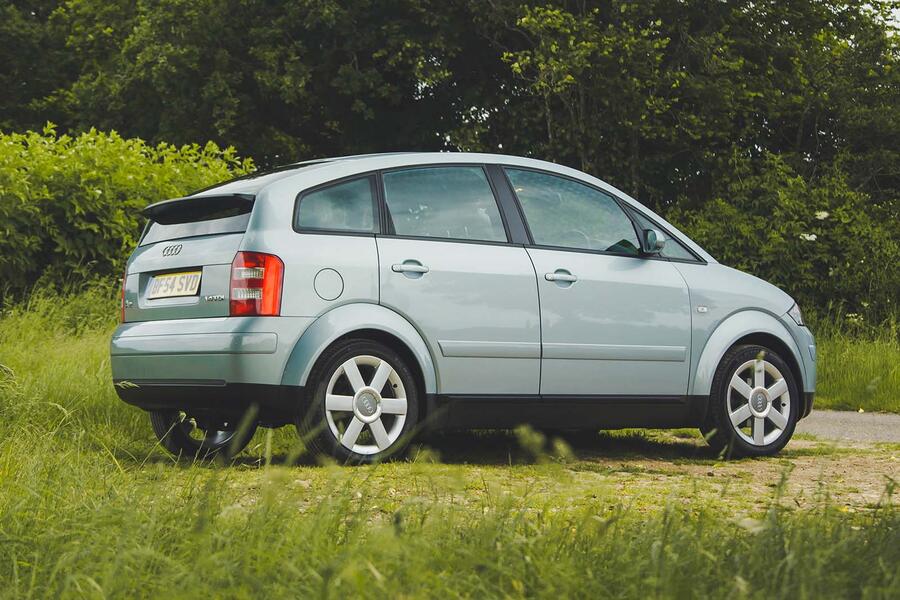

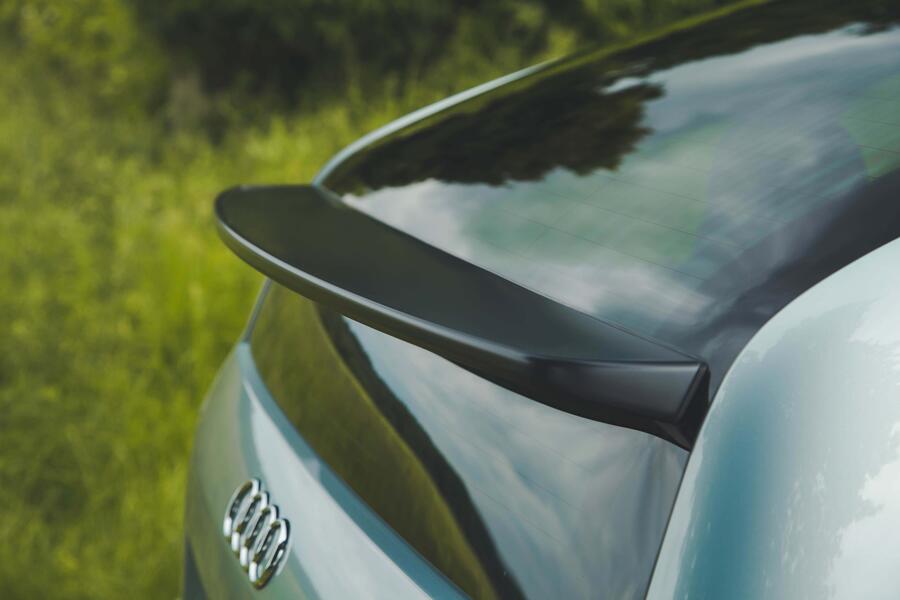
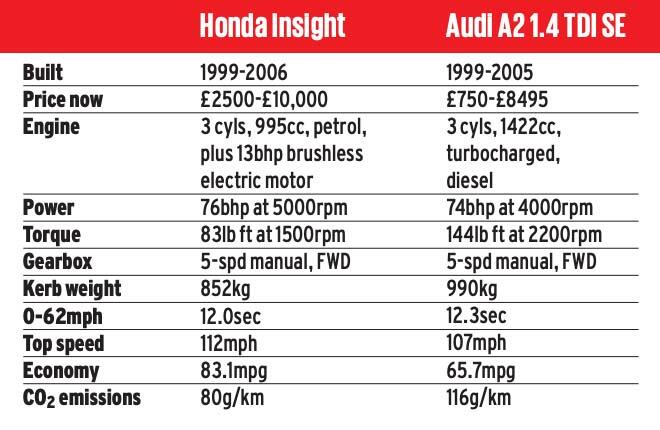





Join the debate
Add your comment
I had an Insight for about 2 years 20 years ago. It was a mixed bag. The engineering was impressive, and the economy fantastic (i seem to recall a lifetime average of about 70 mpg).
The suspension was its down fall. The rear was just a dead beam axel , with limited travel, and narrow track, so on anything but a smooth road it could skip, which put you off cornering with any enthusiasm. It also hated the train tracks HGVs leave in the motorway slowlane. However it was very comfy, and did 400 mile runs with no effort.
I recall on one occasion when they were doing road works on the M42 controlled with average speed cameras, i achieved 120 mpg over 12 miles rolling at 50 mpg. 80 plus was possible over entire motorway journeys without having to go too slow.
But in Yorkshire it could use all the battery power going half way up a hill, leaving it short of power near the top, and on the way back down it would fully recharge its batteries before the bottom so it was unable to recapture all that energy. With a bigger, newer battery pack it would have been better (or somewhere less hilly).
No one knew what it was, which was fun, but in the end it was too compromised for me. I found out later that Harry Metcalf bought it so its been in Evo magazine back in the day, and when i last looked its still MOTd, racking up a lot of miles.
I have always thought Honda missed a trick not developing it. I am sure with what they know now they could easily get something simlar over 100 mpg. They did produce a show car called the IMAS a few years after the Insight was introduced. It looked like a follow up, but with a carbon body, so it was probably too expensive to produce.
I never really considered these contemporary alternatives, but the real alternative to the A2 was the A class and then the Jazz a year or so later, the Jazz showed how you didn't need the expense of aluminium construction, and subsequent financial losses, by having a lightweight small car with loads of interior space that was even more economical than the petrol A2 equivalent. Surprising that they took until the second generation to add their IMA though. But in my opinion the Jazz was a better example of a small lightweight economical and spacious car than the A2 and it was a success.
The trick is to click 'disable rich-text'. It's kind of broken on Autocar's comment system.
Jazz wasn't unique in anyway compared to the A2 or insight, no unusal engine, no aluminum panels, not as light, no geniune 100 mpg version, totally bland looks.
It didn't out perform them in the areas this article was concerned about, the A2 was a massive 140 kg less, had engines capable of 100mpg, looked different and was considered the future.
The first generation Jazz was streets ahead of the A2 as a design, and it absolutely WAS innovative. They moved the petrol tank to under the front seats, designed a very compact rear suspension for extra interior space and also introduced the brilliant 'magic' seats, which nobody has been able to improve on since. Honda made money on every unit sold, while Audi took a huge bath on each A2. You still see loads of first generation Jazz around today. People just can't see past the blue rinse image. No A2 sold in the UK could do anything like 100mpg, and the weights aren't that different if you compare the diesel A2 (with that horribly unrefined three cylinder diesel) with the petrol Jazz. This was Honda engineering at its absolute best.
Jazz was forgettable and folding seats just doesn't cut it for this article. The weights, well the A2 starts at 140kg less than the dull Jazz, alot in this lightweight class. Oh and the article itself says nearly 100mpg was possible in the diesel A2, good luck getting close to that in the Jazz
I notice you conveniently only mention one of the innovations I highlighted that the Jazz employed. The 95mpg A2 was the 3L version. We never got that model in the UK and it couldn't hit that figure in real world driving anyway. Petrol A2's had similar mpg figures to the Jazz. Does it matter it was dull? It did the job it was designed to do perfectly and sold 3.5 million units, outselling the A2 by 20:1.
I actually like the A2 by the way. And the Insight.
Anyway, that's my last word on the matter!
Not interested on what versions of the A2 were sold in what regions the A2, the sheer fact it was in production is the point. No one wants to read an article on Jazz folding seats which is why it was omitted.
I guess the one thing the A2 proved was that aluminium construction is not viable in a small car due to costs of manufacturing against profit margins which have always been tight in small cars.
Ps I have always liked the A2, but only in petrol form as I have never been a diesel fan and never really done the mileage to justify the running of one.
Yes, the combination of the A2's lightweigh space efficient body with the Insight's hybrid powertrain would have made a fantastic car. But it would never have made a profit.
As I remember (working for Honda at the time) the ex-works cost of the Insight was about the same as the firm's Honda Legend, such was the penalty of limied production, bespoke parts and high development costs. The decision to market the car for around £18k in Britain was a balance aimed at promoting the technology while minimising financial loss. But even that was far too high. It is to my eternal regret that I didn't buy one of the large fleet of Insight "demonstrators" offered to staff at a bargain £8995!
The unfortunate truth is that buyers will always favour cheap conservative designs over more adventurous, lightweight, high efficiency ones. Especially when enery is cheap.